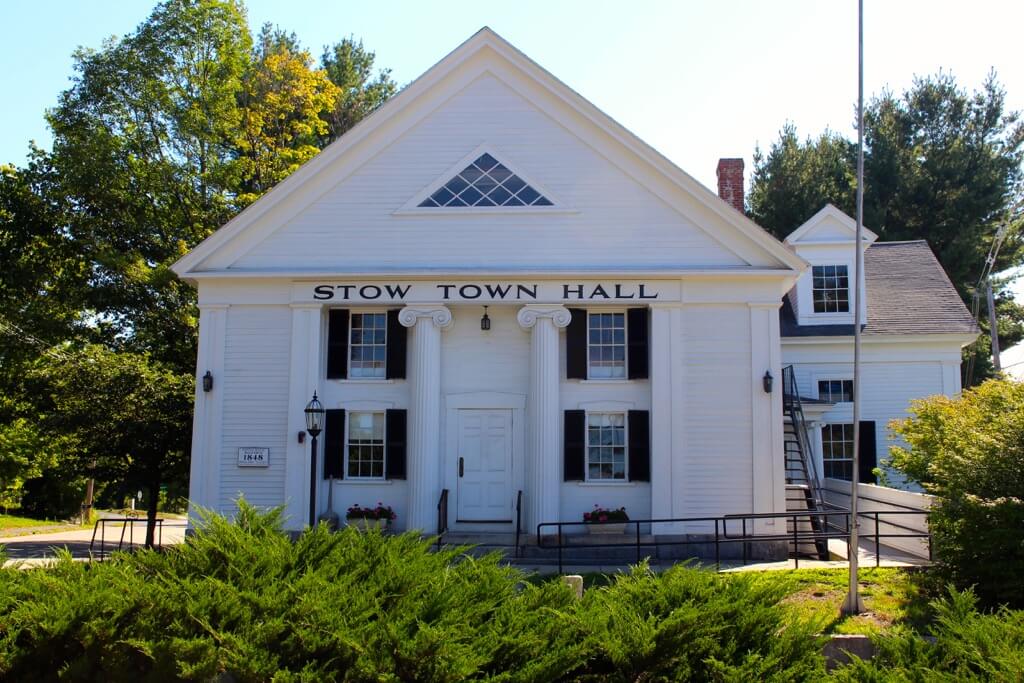Electronic Voting for a Multi-Room Town Meeting
Towns like Stow, Raynham or Seekonk had to use multi-room voting to accommodate the need for social distancing when a single space couldn’t hold enough residents. The solution Meridia can provide covers two rooms with a single receiver, extending the reception range and enabling every vote to be counted.










